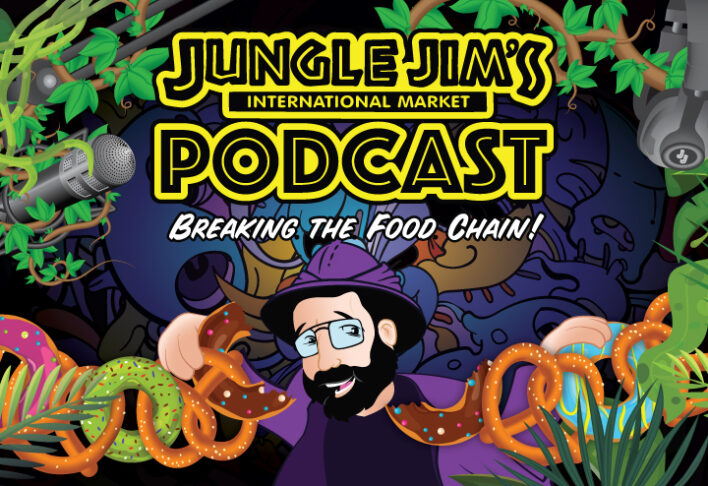One of the things we all love about beer is the fizz! All those fizzy bubbles help aroma perception, create texture and improve beer’s versatility with food. Not to mention that a cold glass of beer with a proper collar of foam is a thing of beauty! That’s why you should always insist on your beer being poured with an appropriate head. Flat beer is bad beer!
|
But I digress. In bottled and canned beer, the bubbles are called carbonation, because they are either a result of the beer being force injected with CO2 or naturally occurring CO2 that is created during fermentation. In draft beer, there’s an added complexity to the tango that beer and gas dances. While beer in the keg is similarly carbonated like it’s bottled counterparts, a draft system exposes the beer to pressurized gas. When your friendly bartender pulls a tap handle, it creates a pressure
|
|
differential and the gas propels the beer into your eagerly awaiting glass. Some bars use 100% CO2 to run their system but there is a problem with that. Because CO2 is water soluble, the beer will actually absorb the CO2 and the beer will start pouring foamy. To remedy that, most standard beers are poured on draft using a blend of CO2 and nitrogen. The CO2 retains the lively prickle of beer while the nitrogen isn’t water soluble and thus keeps the beer from being too foamy. The best of both worlds!

So what’s the deal with beers on tap that are “on nitro?” While standard beers are poured using 60% CO2 and 40% nitrogen, nitro beers are poured using 75% nitrogen and 25% CO2. Guinness is so well known for pouring their beer on nitro that this 75/25 blend is colloquially referred to as a “Guinness blend.” You might be wondering why someone might choose to serve a beer on nitrogen. Well, nitrogen is a smaller, more dense molecule than carbon dioxide and thus the beer will be denser and creamier when served on nitrogen. The trade off is that nitrogen doesn’t offer the same aroma releasing properties of carbon dioxide. Thus, beers best suited to nitrogen are beers that benefit from an improved, creamy texture like stouts and porters. Beers that rely heavily on aroma, like IPAs, will usually taste muted and are thus not the best candidates for nitrogen service. The other thing to remember as it pertains to nitrogen is that nitro beers can not be poured into growlers. This is because the heavy nitrogen creates a cascading effect that, while beautiful in the glass, would require the bartender to pour several growlers worth of beer down the drain in order to fill a single growler.
So next time you’re at the bar, try out a nitro beer and revel in all the creamy goodness. Soak in the decadent texture and marvel at the beautiful cascade of bubbles as the beer settles in your glass. Cheers!
-Eric, Eastgate






